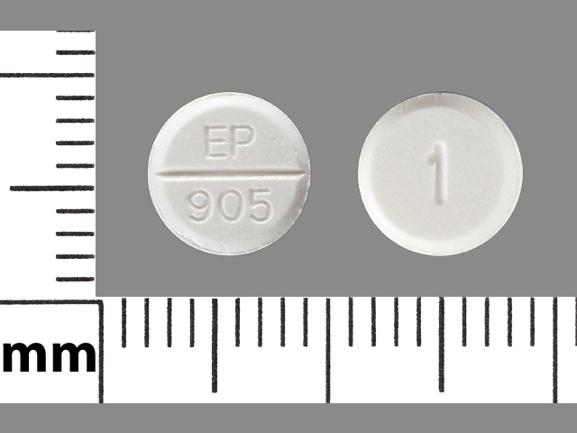No products in the cart.
Ativan 1mg
78 € – 244 €Price range: 78 € through 244 €
How to Take It
Usually once or multiple times per day, depending on the condition.
May be taken with or without food
Do not exceed the prescribed dose, and avoid alcohol or other depressants due to risk of excessive sedation.
SKU: N/A
Category: Anxiety
What Is Ativan?
Ativan is the brand name for lorazepam, a benzodiazepine used to treat:
Anxiety disorders
Short-term insomnia associated with anxiety
Acute agitation and seizures
Off-label uses like managing alcohol withdrawal and preventing chemotherapy-related nausea
It acts quickly, with effects typically felt within 30 minutes to 1 hour .
How It Works
Lorazepam enhances the neurotransmitter GABA by binding to GABAA_AA receptors, increasing chloride influx, inhibiting neuron firing, and producing calming, anti-anxiety, muscle relaxant, and sedative effects.
Pharmacokinetics
Bioavailability: ~90% after oral intake,
Peak levels: ~2 hours post-dose
Half-life: ~12–14 hours
Metabolism: Glucuronidation (no major CYP involvement), safe for mild liver disease.
Excretion: Via kidneys as inactive metabolites.
Dosage & Forms
Tablet strengths
0.5 mg, 1 mg, 2 mg.
Common dosing
Anxiety: 2–6 mg daily (divided doses)
Insomnia: 2–4 mg at bedtime.
Elderly/debilitated: Start low at 1–2 mg/day.
Injectable/solution forms are also available for hospital use.
When & How to Take It
Usually once or multiple times per day, depending on the condition.
May be taken with or without food
Do not exceed the prescribed dose, and avoid alcohol or other depressants due to risk of excessive sedation.
Side Effects
Common
Drowsiness, sedation, dizziness, weakness, unsteadiness.
Memory impairment, confusion, headache.
Serious
Respiratory depression (especially with opioids/alcohol)
Paradoxical reactions (agitation, aggression), especially in elderly/children
Low blood pressure, respiratory insufficiency
Warnings & Precautions
Black box warning for respiratory depression with opioids
Risk of dependence & tolerance, even after weeks of use
Withdrawal may start within 24h (short-acting) and can be severe—taper slowly
Use cautiously in elderly, respiratory disease, glaucoma, liver/kidney impairment, pregnancy/breastfeeding
Interactions
Additive sedation with CNS depressants: alcohol, opioids, barbiturates
Some drugs increase clearance (phenobarbital, rifampin), others slow it (valproate).
Special Populations
Pregnancy/Lactation: Avoid—risk of neonatal sedation and withdrawal.
Pediatrics: Use limited; watch for paradoxical effects
Geriatrics: Lower doses; increased risk of falls, cognitive impairment
Safe Use Recommendations
Use short-term (≤4 weeks for anxiety) unless supervised
Avoid alcohol / opioids
Taper off gradually—never stop abruptly
Don’t drive or operate machinery until effects are known
Keep securely stored—Schedule IV controlled
In the News: Media Depiction
The TV show “The White Lotus” showcased casual lorazepam use, drawing criticism from medical experts for underscoring:
Short-term use only
Risk from combining with alcohol
Dependence, withdrawal, overdose potential
Summary Table
| Aspect | Details |
|---|---|
| Drug Class | Benzodiazepine |
| Mechanism | GABAA_AA potentiation |
| Usual Dose | 1 mg tablet (up to 6 mg/day) |
| Onset | 30–60 minutes |
| Duration | ~12–14 hours |
| Common Side Effects | Sedation, dizziness, memory issues |
| Major Risks | Dependence, respiratory depression |
| Use Caution | Elderly, pregnant, respiratory issues |
| Controlled | Schedule IV |
Final Thoughts
Ativan 1 mg is a fast-acting, effective treatment for acute anxiety, insomnia, and related conditions. However, it carries significant risks of dependency, sedation, interactions, and withdrawal, especially with prolonged use or unsafe combinations.
Best use involves:
Short-term, lowest effective dose
Medical supervision for tapering
Avoiding other depressants like alcohol or opioids
For long-term anxiety relief, consider safer alternatives like SSRIs, SNRIs, and cognitive behavioral therapy alongside lifestyle strategies
| Quantity | 30 tabs, 100 tabs |
|---|




Reviews
There are no reviews yet.